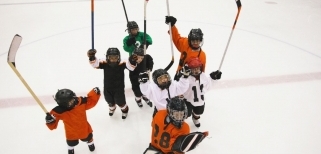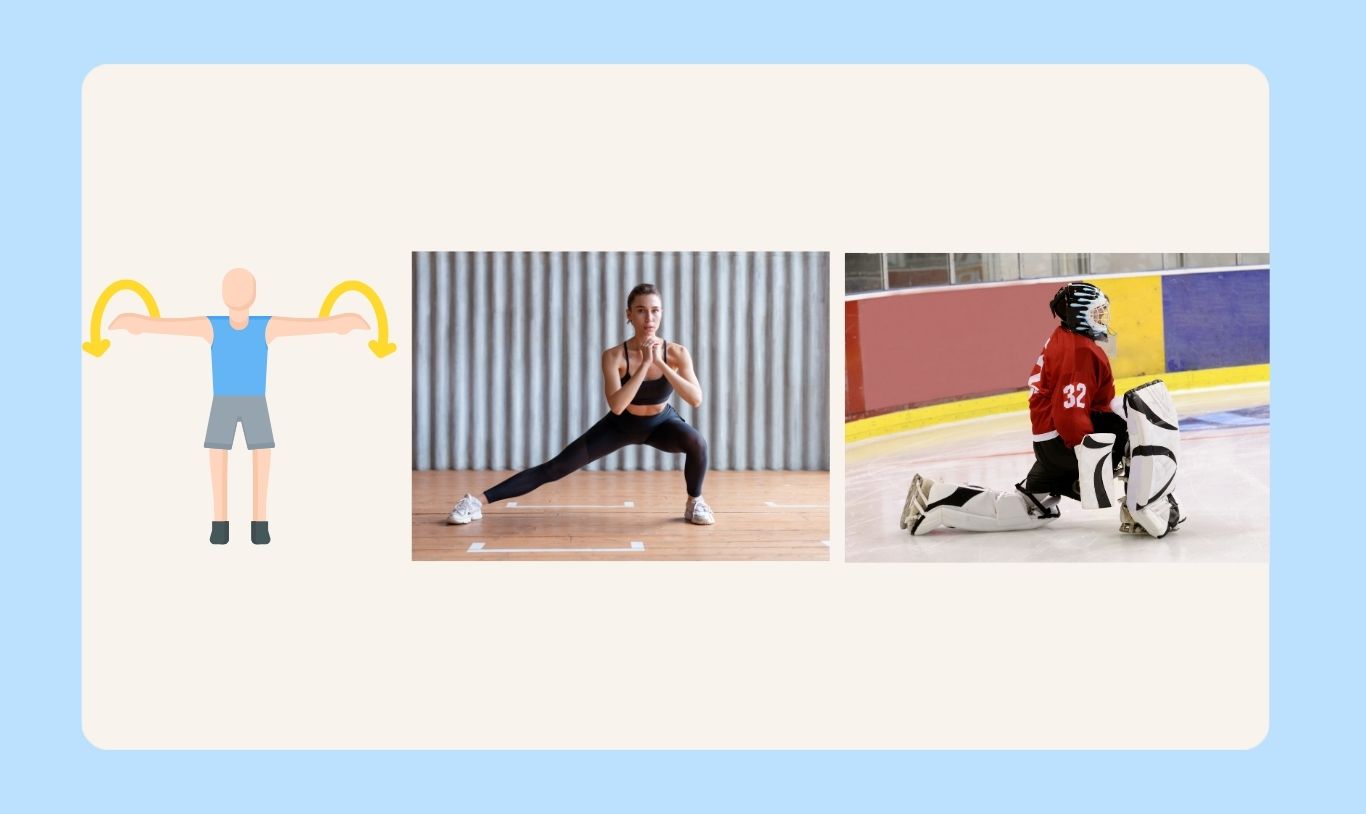




Health Information



Ice Hockey Injury Prevention: Essential Tips

Ice Hockey Injury Prevention: Essential Tips (by Sportsperformance Physiotherapy)
Mega Ice Hockey 5 is around one month away. Here are essential injury prevention tips to keep you in the game and performing at your best:
1. Warm-Up Properly
- Dynamic Stretching: Focus on movements that enhance flexibility and range of motion, such as leg swings, arm circles, and torso twists.
- Sport-Specific Drills: Incorporate skating and stickhandling drills to prepare the body for the specific movements required in ice hockey.

2. Strength Training
Stronger muscles help absorb impacts and reduce the risk of injuries.
- Core Stability: Emphasize exercises like planks and rotational movements to build a strong core, which aids in balance and reduces the risk of falls.
- Leg Strength: Focus on squats, lunges, and leg presses to enhance lower body strength, crucial for skating and sudden direction changes.

3. Balance and Agility Training
- Proprioceptive Exercises: Use balance boards or stability balls to improve coordination and balance, helping players stay stable during play.
- Agility Drills: Implement cone drills and shuttle runs to enhance quick footwork and responsiveness.

4. Wear Protective Gear
- Invest in high-quality, well-fitted equipment, including helmets, shoulder pads, and shin guards. Proper gear can significantly minimise injury risks.
5. Hydration and Nutrition
- Stay Hydrated: Encourage players to maintain hydration before, during, and after games to prevent cramps and heat-related injuries such as heat stroke and heat rash.
- Balanced Diet: Promote a diet rich in carbohydrates, proteins, and healthy fats to fuel energy levels and support muscle recovery.
6. Recovery Techniques
- Cool Down: After games, players should engage in light skating or walking, followed by static stretching to aid in recovery.
- Ice Baths and Compression: Utilize ice baths or compression garments to reduce inflammation and speed up recovery.
7. Learn Safe Playing Techniques
- Educate yourself on proper body mechanics and safe playing techniques to avoid collisions and falls such as going down on your side or back to avoid head injuries.
- Maintain Balance: Keep your knees slightly bent and your weight centered over your skates.
- C-Cut and Crossovers: For better control and agility, which can help you avoid collisions.
- Keep Your Head Up: Always be aware of your surroundings and the position of other players.
- Talk to Teammates: Use verbal communication to alert teammates of your position and intentions.
8. Physiotherapy Assessments
- Pre-Season Screening: Conduct physical assessments to identify any existing weaknesses or imbalances that may predispose players to injury.
If you experience any sport-related injuries or need to restore optimal physical health, you should make an appointment to seek advice from a professional physiotherapist or medical expert to obtain a proper diagnosis and appropriate treatment.
Further reading:



